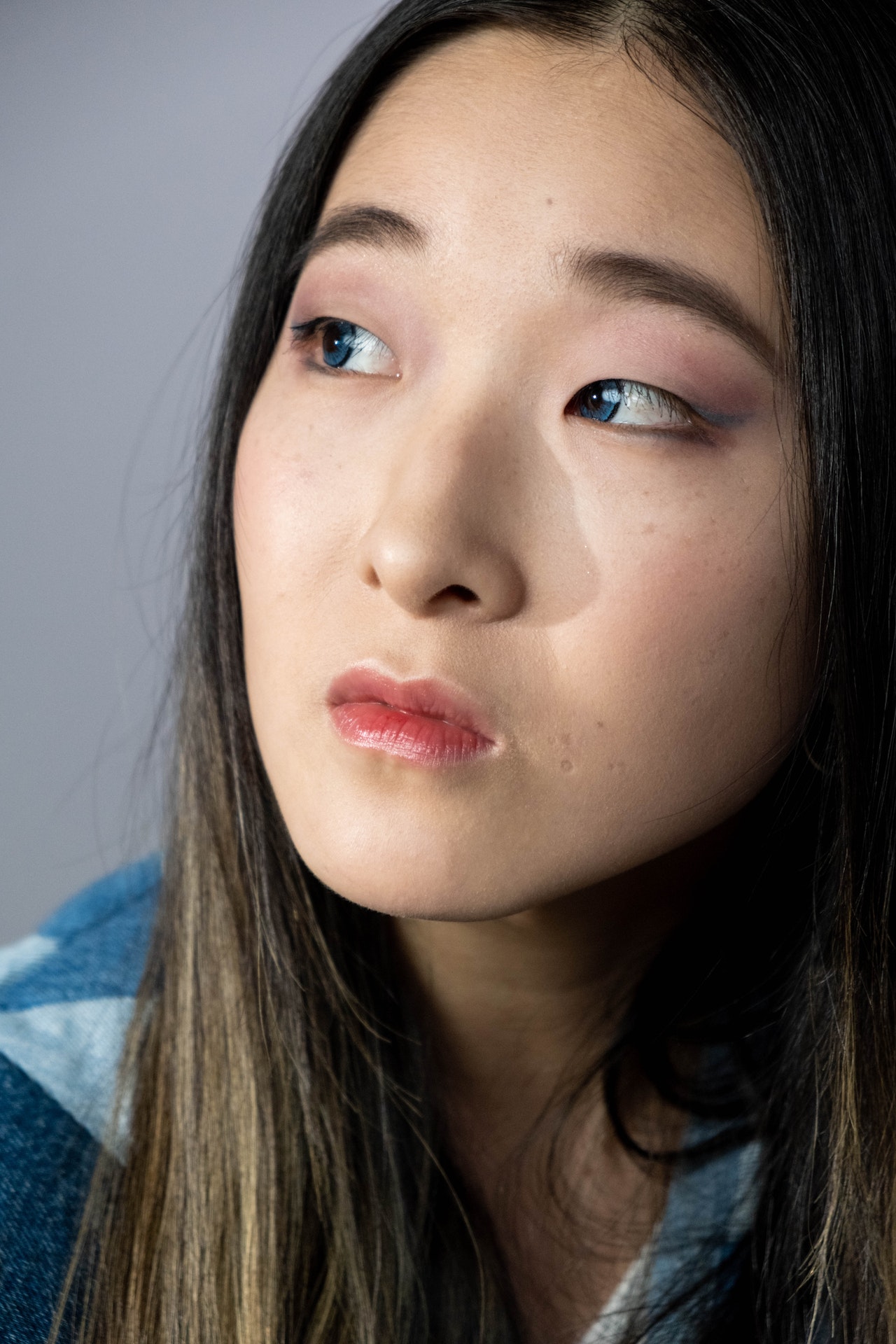We all gaze into the depths of others’ eyes when we think. But just what are we thinking about when we do this? In this blog post, we explore the neuroscience behind eye gazing and how it can help us think more deeply. We also discuss the importance of eye gazing in communication and its role in forming judgments. Finally, we offer some practical tips for using eye gazing in your own life.
The Role of the Eye in Thinking
The role of the eye in thinking has been studied extensively and is well known. When we think, our eyes move around. This happens because when we are trying to remember something, we focus on specific parts of the image. When we are thinking about a problem, our eyes move around to different parts of the picture in our head.
When we are trying to come up with an idea, our eyes will often look at things that are not related to what we are thinking about. This is called diverging attention and it is used when we are trying to solve a problem or figure out something new. Our brains try to find connections between things that might be related and that is why looking at unrelated things helps us think more deeply about what we are dealing with.
Read More : Sanpaku Eyes
The Anatomy of the Eye
The human eye is composed of two parts: the front part, called the anterior chamber, and the back part, called the posterior chamber. The anterior chamber is where light enters the eye and the back part is where light exits the eye.
The iris controls how much light enters the eye. The pupil controls how much light enters the eye at any given time. When you look straight ahead, your dilated pupil allows most of the ambient light to enter your eyes. However, when you look down at something close to your eyes, your pupil constricts so only a small amount of light can enter your eyes.
Vision and the Brain
Vision is a process that starts with an image that is formed in the back of our eye. This image is then sent to the brain where it is converted into a thought or idea. The parts of the brain that are responsible for vision are located in the occipital lobe and temporal lobe. These areas allow us to see all around us, as well as focus on objects that we are looking at.
Vision is a complex process that requires a lot of coordination between different parts of the brain. The part of the brain that is responsible for seeing in detail is called the fusiform gyrus. This area helps us to see objects close up and understand their shapes. The part of the brain that is responsible for recognizing objects is called the amygdala. This area helps us to remember what we have seen and recognize similar objects in the future.
The Mechanics of Eye Movement
There are two key areas of the brain that control eye movement: the frontal lobe, which is responsible for higher-level thinking and judgment, and the occipital lobe, which controls visual processing. The frontal lobe is also responsible for directing attention, organizing thoughts and controlling impulses. When a person thinks deeply or takes in information from several different sources at once, their frontal lobe may need to redirect their eyes between these different tasks.
The occipital lobe processes visual information received from the eyes and sends it on to other parts of the brain. When a person is trying to remember something or visualize an image, their occipital lobe is actively working. In fact, most people can’t see anything in front of them without using their occipital lobe!
When someone’s eyes are stationary, they ‘reusing their frontal lobes to direct attention and control impulses. However, when a person is looking around, their frontal lobes take a backseat to the occipital lobes. This is why it’s so important for people to keep their eyes moving when they’re thinking – if they don’t use their frontal lobes very much then they might find it difficult to think clearly!
Read More : Sanpaku Eyes
The Eye’s Perception of Reality
The eyes are constantly moving around, taking in information from all around. This constant motion means that the eyes perceive reality in a different way to what our conscious mind might be aware of.
When we think, our conscious mind is in control and it can choose which bits of information to focus on. Our eyes, on the other hand, are constantly moving around and taking in all the information around us. This means that our perceptions of reality are often different from what we remember or think we know.
Some examples of how the eyes perceive reality include:
• When we’re looking at something close up, our eyes focus on the details. This is why you can see small grains of sand on a beach and read tiny print correctly.
• When we’re looking at something afar, our eyes will focus on the whole object rather than focusing on individual details. This is why you can see mountains from far away and understand a complex diagram without having to study it closely first.
Conclusion
There’s no doubt that when we’re thinking, our eyes are busy. They dart around, taking in as much information as possible in order to make a decision. What’s interesting is that the way our eyes move while we’re Thinking can actually tell us something about how we think. In this article, we’ll explore what eye movement patterns are associated with different types of thinking and how you can use this knowledge to improve your cognitive skills. So next time you have some serious contemplation on where to go for lunch, be sure to keep an eye on those eyes!

